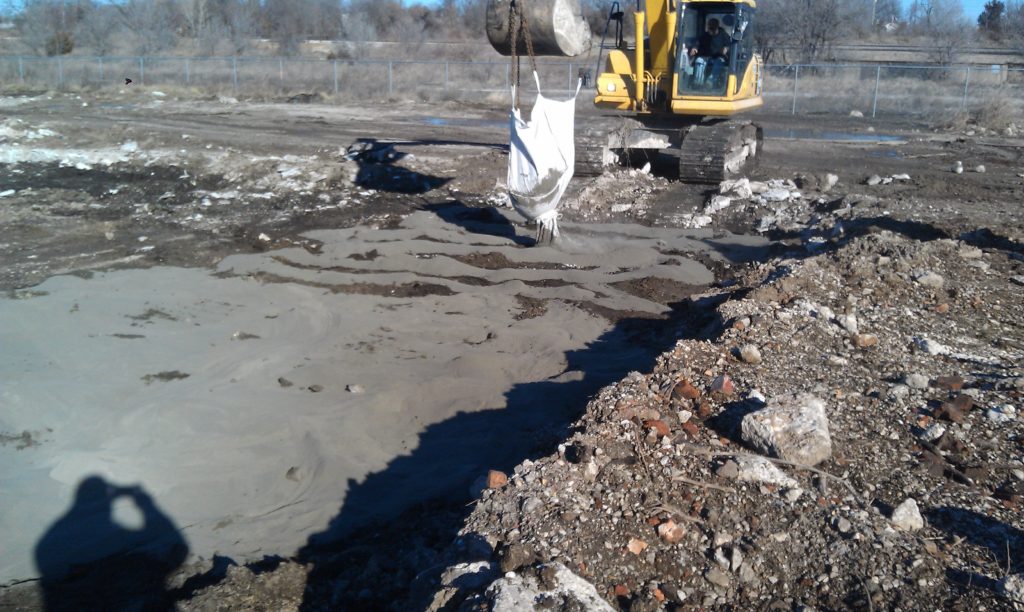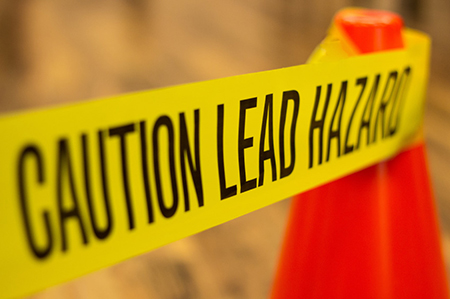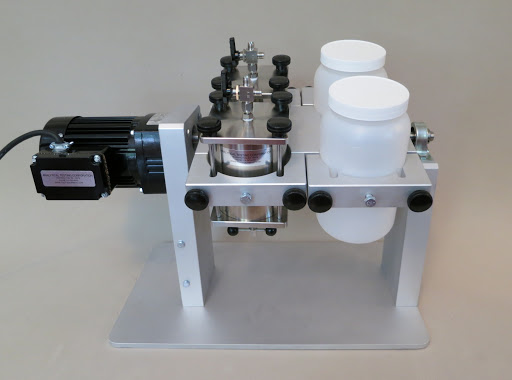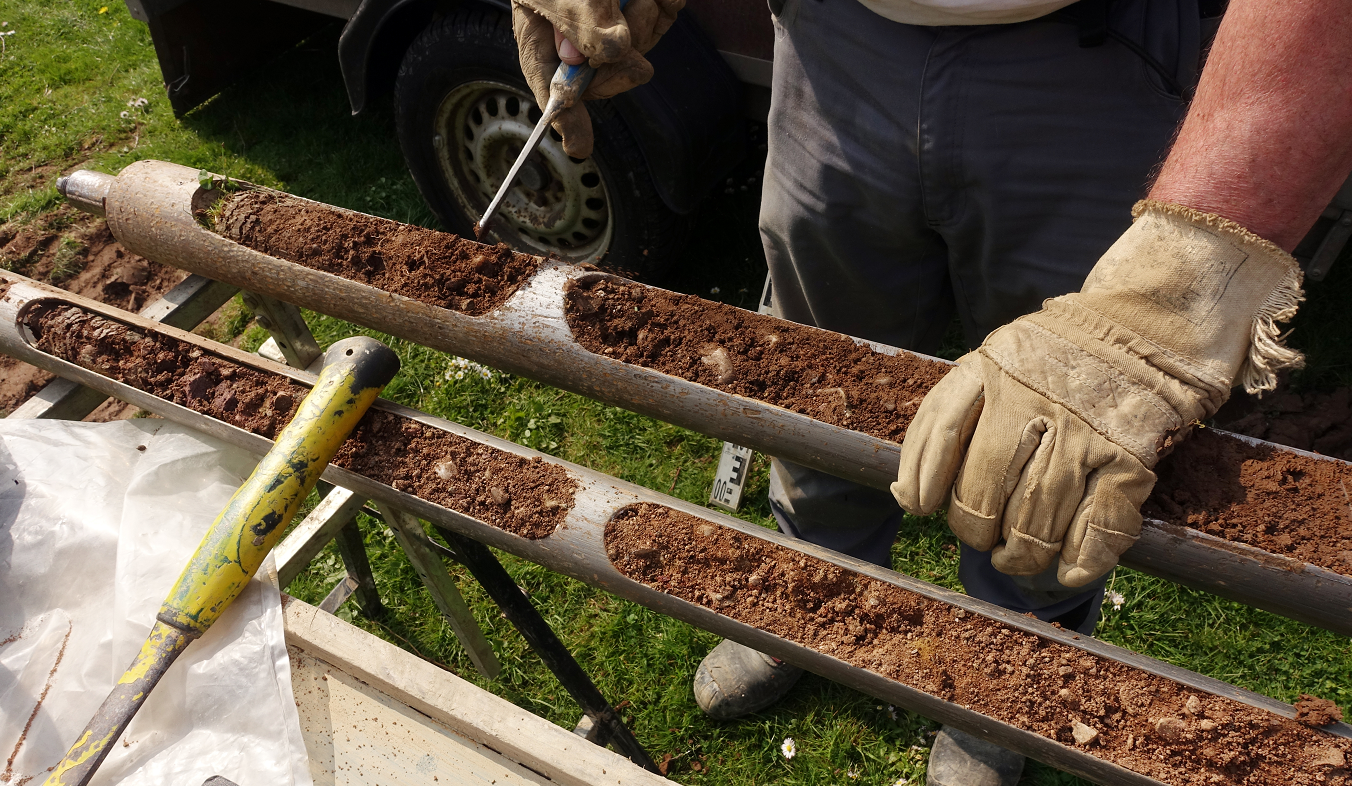Contaminated Soil Sampling
Use of a proper contaminated soil sampling method is vital to obtain a representative sample of soil waste. A representative sample of soil waste is necessary to accurately characterize (hazardous or non-hazardous) your stabilized waste piles. If improperly conducted, valuable time and resources may be wasted by contractors, generators and consultants. The bottom line is that sampling errors result in additional, unnecessary costs to everyone involved.
The EPA requires a Toxicity Characteristic Leaching Procedure (TCLP) test (Method 1311) to determine if the contaminated soil needs to be managed as hazardous or non-hazardous waste. Soils exhibiting hazardous characteristics are disposed of at a facility permitted for that material, or be treated in the field prior to off-site disposal. In nearly every case, stabilizing the soil in the field prior to disposal can save the generator a great deal of money over transporting and disposing of the soil as a hazardous waste.
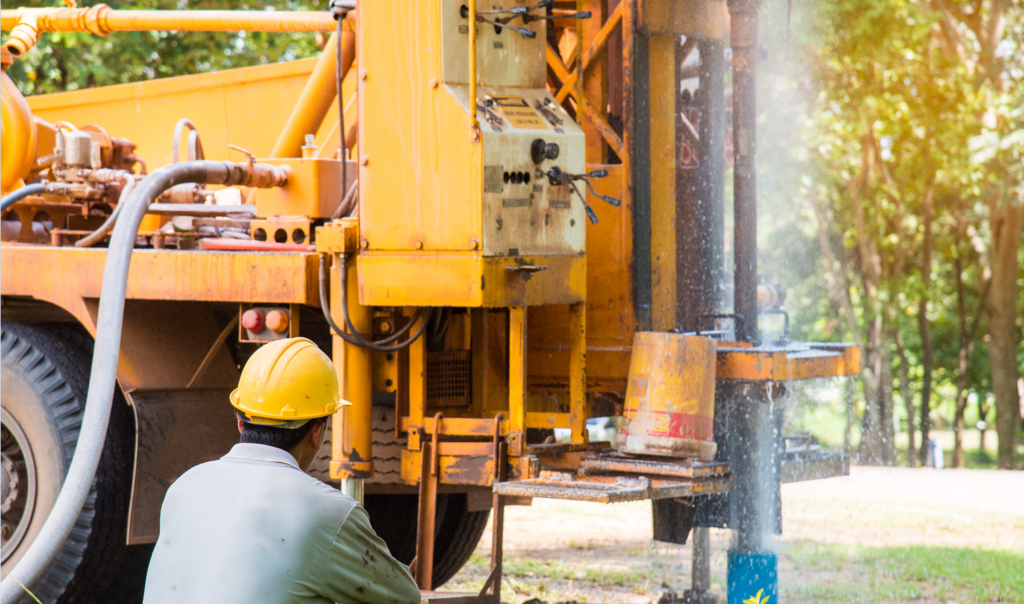

For a given project, several smaller samples should be randomly pulled from various areas of the waste pile; this includes top-to-bottom level soil sampling. should not be pulled from tops of piles, as segregation of varying particle sizes may affect the uniformity of any given sample. Rather, it is important to dig down into the stabilized soil waste with a tool, such as a small garden hand shovel or a core sampler, and obtain samples.
Depending on the size of the waste pile, we suggest eight (8) to ten (10) smaller samples be obtained. The contaminated soil sampling should be combined into a larger pile and subsequently split with a mechanical splitter or placed in a rounded pile and split with a shovel into four sections. From these procedures, you will obtain four (4) large samples of at least 500 grams.
TCLP Extraction
The required number for soil sampling to collect for testing is determined by the project work plan, or local regulations. Please consult these resources to determine how many samples need to be collected and tested. At a minimum, (1) of the four (4) large samples collected above will be split into two (2) smaller samples. One split is be sent to a lab for TCLP testing and the other split will be kept separate. This is retained by the responsible party in the event more testing is necessary. Samples sent to lab should be approximately 250 grams each, or a one quart baggie. Successful heavy metal stabilization: (1) using the right reagent, (2) using the right dosage and (3) achieving good mixing.
Blastox® 215 is a versatile heavy metals stabilization reagent that is effective across a wide variety of waste types and metal concentrations and soil sampling methods. Because of its effectiveness, Blastox® 215 has been used successfully on thousands of tons of heavy metal contaminated soil. Its chemistry has a proven long-term stability benefit. You can apply it at low dose rates and have peace of mind knowing that the soil remediation waste will remain stable, always.
Determining the right Blastox dosage for soil sampling results can been done a couple of ways. For simple projects that have fairly homogeneous waste that involve lead contamination where the TCLP values are in the lower range (~ 50 ppm or less), the treatment dosage is likely to fall in a narrow range. Typically, the Blastox 215 dosage averages 2% – 5% by weight. The higher hotspot areas get the higher dosage, the lower TCLP areas get a lower dose.



